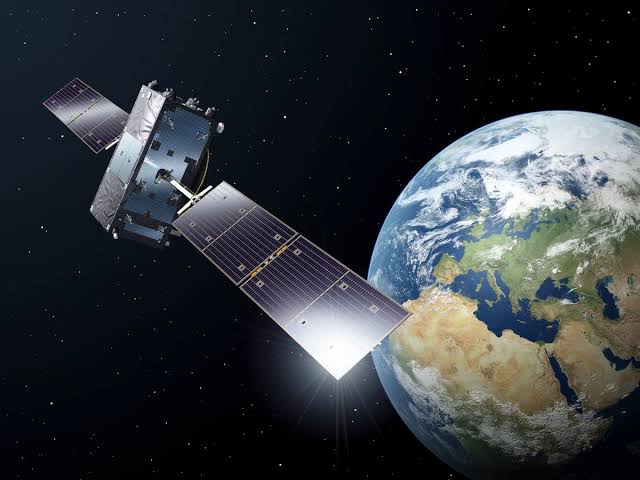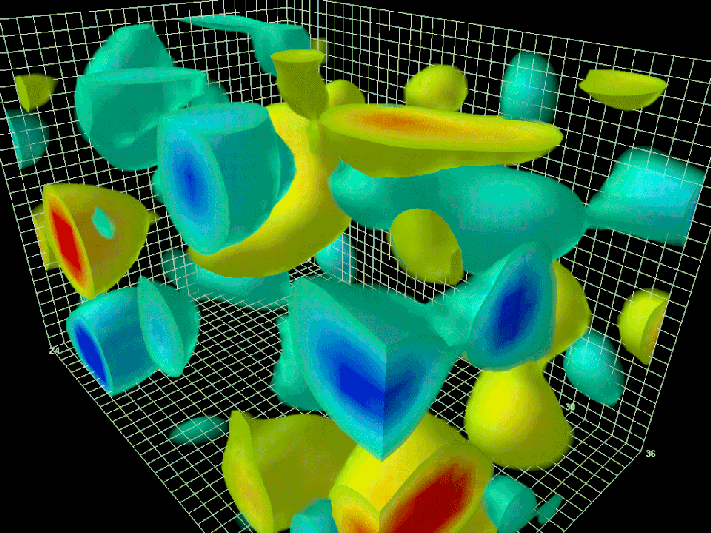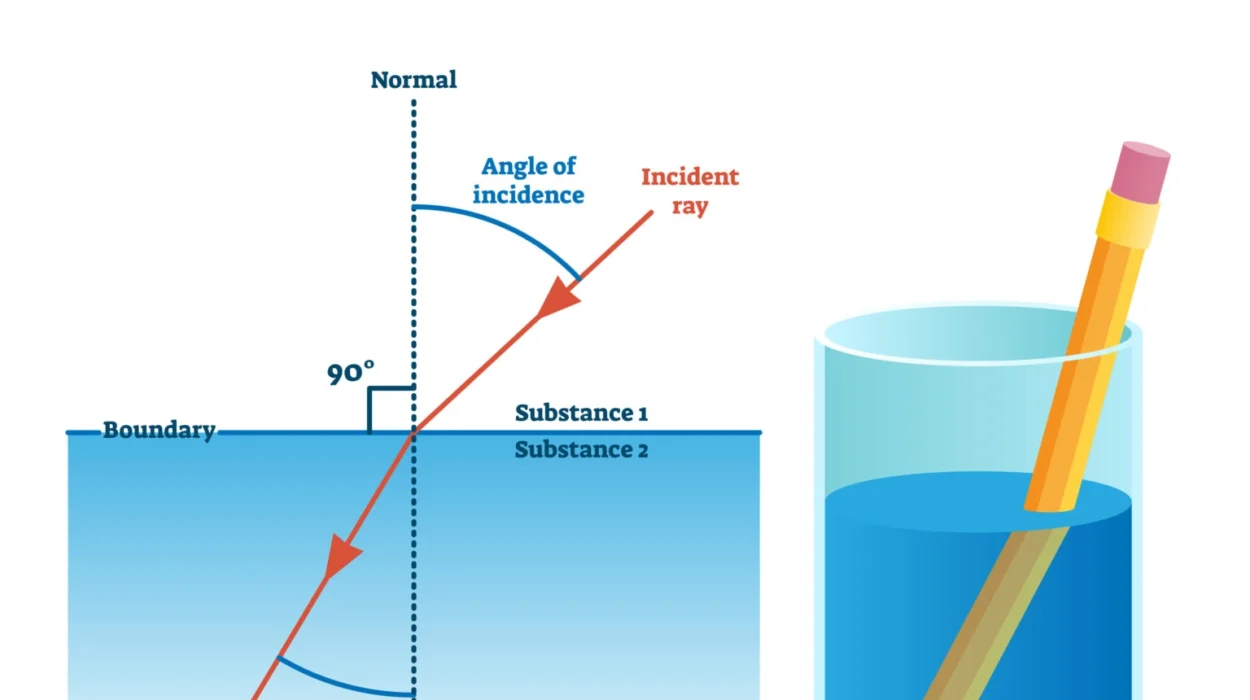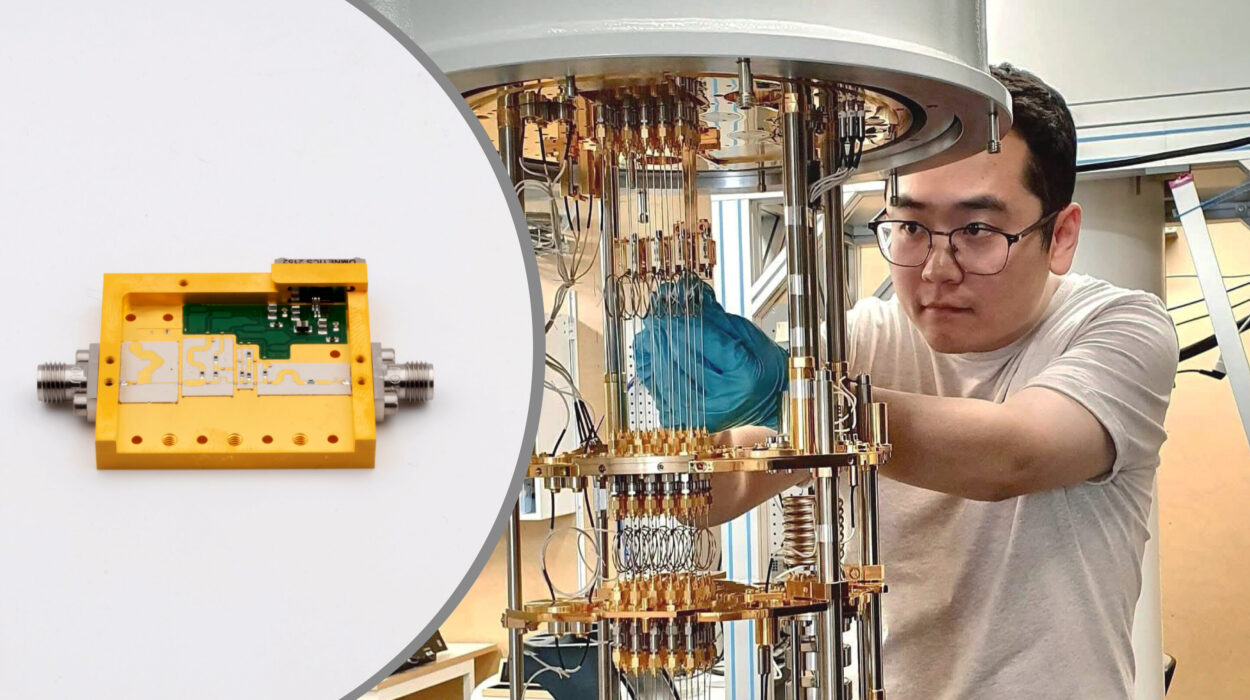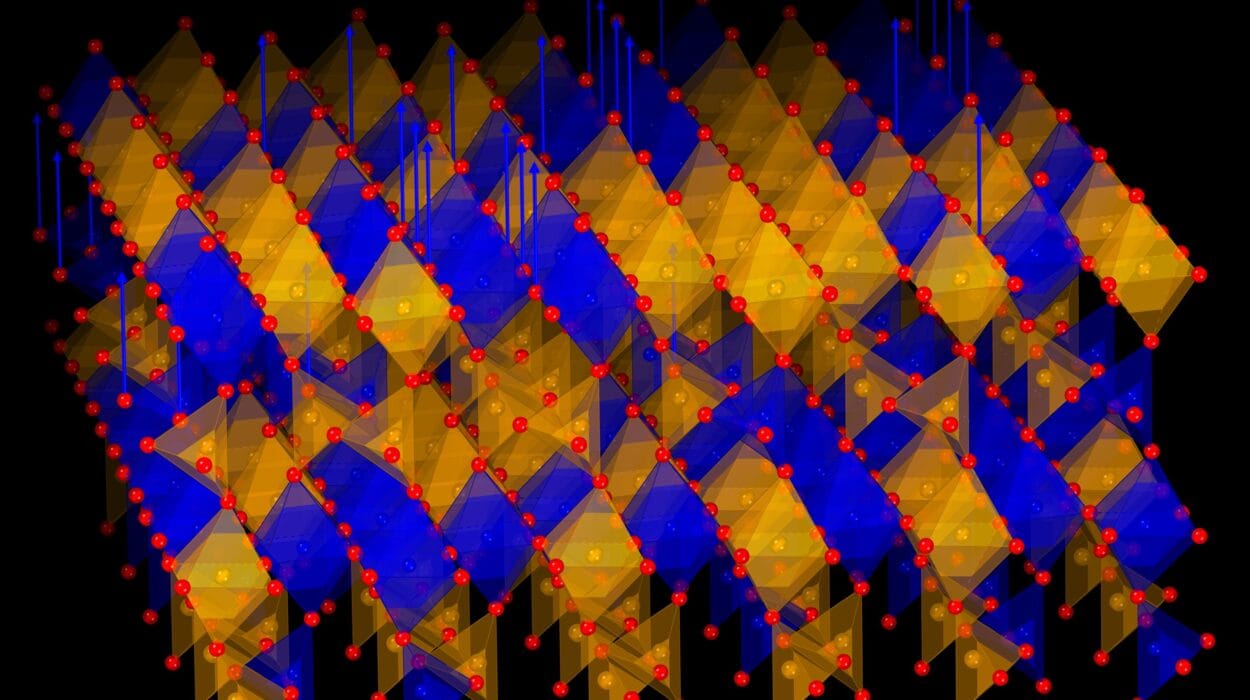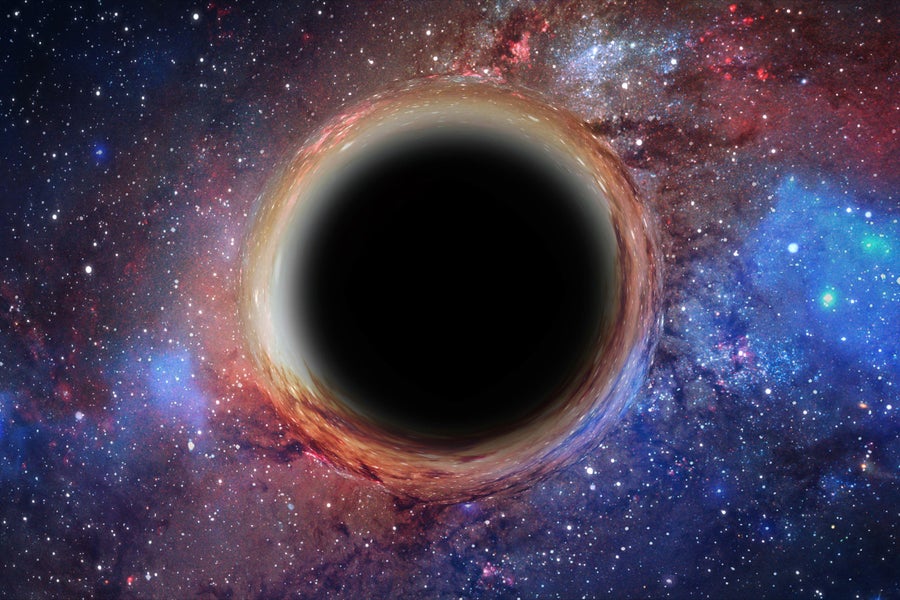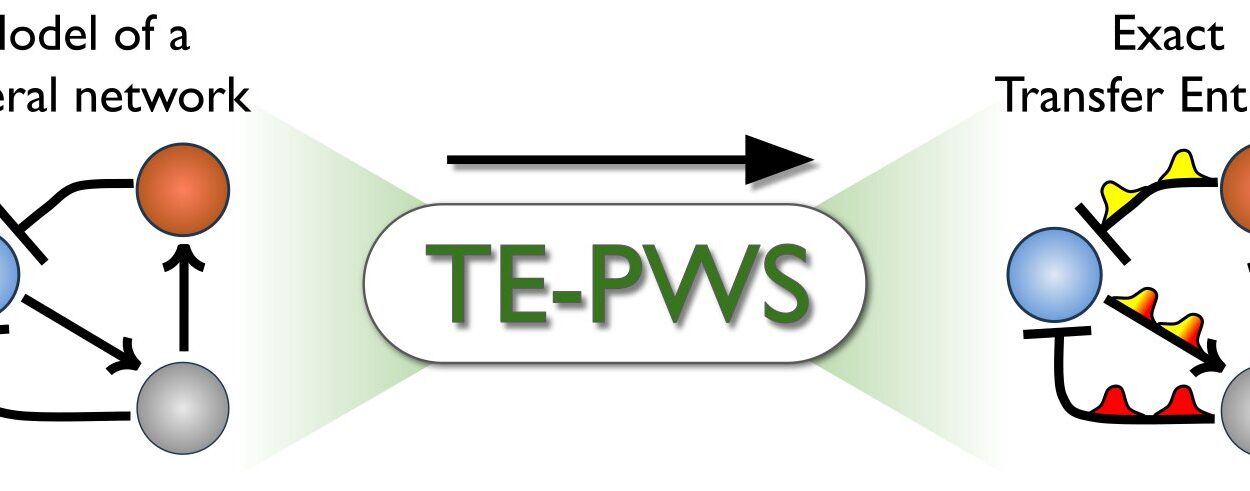Every night, if you gaze up into the clear sky, you might catch a faint point of light slowly gliding among the stars. It isn’t twinkling like the others—it moves smoothly and silently across the darkness. That, most likely, is a satellite. These artificial moons are a testament to human ingenuity, gliding effortlessly above our heads, delivering GPS signals, forecasting weather, relaying communications, and even spying on the Earth. But how do these mechanical marvels stay up there, defying gravity? What invisible ballet of forces keeps them from plummeting back to Earth or flying off into the void?
To answer this, we need to dive deep into the world of orbital mechanics—a realm governed by Newton’s laws, shaped by Einstein’s insights, and constantly refined by scientists and engineers. The physics of satellites is a story of velocity and gravity, of centrifugal force and curved space, of energy and inertia. It’s a story that begins centuries ago and continues to evolve as we launch more ambitious missions into space.
The Origins of Orbital Thought
Before any human-made object ever entered orbit, the concept of orbital motion puzzled great minds for generations. The earliest understanding of how things moved in the heavens was rooted in mysticism and speculation. The Greeks envisioned celestial spheres, divine mechanics that guided stars and planets in perfect circles.
But a revolution began in the 16th century with Nicolaus Copernicus, who proposed a heliocentric model where planets orbit the Sun. Johannes Kepler followed, showing that these orbits weren’t perfect circles but ellipses. Then came Isaac Newton, whose laws of motion and universal gravitation provided a comprehensive framework to understand not only earthly motion but also the motion of heavenly bodies.
Newton’s thought experiment—a cannon fired from a mountaintop—remains a brilliant conceptualization of orbital mechanics. Fire a cannonball with increasing speed, and it travels farther before hitting the ground. Fire it fast enough, and the Earth curves away beneath it at the same rate it falls. The cannonball is then in orbit—it’s falling around the Earth, not into it.
Gravity: The Invisible Tether
At the heart of orbital physics is gravity—an attractive force between any two masses. Newton described it as an invisible pull that extends infinitely, diminishing with the square of the distance between objects. For satellites, gravity is the central force that continuously pulls them toward the Earth. But gravity alone doesn’t make orbiting possible. If it did, everything would just crash straight down.
What enables a satellite to orbit is the balance between gravity and forward motion. A satellite in space is moving sideways with sufficient velocity that as it falls toward Earth under gravity’s pull, the planet curves away beneath it. This results in a state of perpetual free fall—a perfect harmony between gravitational pull and lateral movement.
Einstein later expanded on this idea with his General Theory of Relativity. He suggested that gravity isn’t just a force, but rather the curvature of spacetime caused by mass. A satellite isn’t being pulled in the classical sense—it’s following the natural curve of spacetime around Earth. Although Newton’s equations remain accurate enough for most satellite calculations, Einstein’s framework provides deeper insight, especially when dealing with GPS systems that require precise timekeeping affected by relativistic effects.
The Crucial Ingredient: Orbital Velocity
To stay in orbit, a satellite must travel at a specific speed depending on its altitude. This speed ensures that its path curves around the Earth instead of intersecting it. At low Earth orbit (LEO), roughly 300 to 2,000 kilometers above the surface, a satellite must move at about 7.8 kilometers per second (28,000 km/h). At this velocity, it completes one orbit roughly every 90 minutes.
As you go higher, the required velocity decreases. This is because gravity weakens with distance. For example, a satellite in geostationary orbit, 35,786 kilometers above the equator, needs to move at about 3.07 kilometers per second. This slower speed allows it to match the Earth’s rotation, appearing stationary in the sky—a crucial feature for weather satellites and telecommunications.
The balance is delicate. Too slow, and gravity will win, pulling the satellite back to Earth. Too fast, and it escapes Earth’s grip entirely, flying off into solar orbit. This tightrope walk is what makes launching satellites so technically challenging. Reaching the right speed and direction is vital, and any mistake can lead to mission failure.
Types of Orbits: A Celestial Highway
Satellites don’t all follow the same paths. Depending on their mission, they are placed into different kinds of orbits. Each has distinct characteristics, advantages, and limitations.
Low Earth Orbit (LEO) is closest to Earth and ideal for imaging satellites, the International Space Station, and many communication satellites. Because they’re close, they can capture high-resolution images and have low latency for communication. However, they move quickly across the sky and require constellations—multiple satellites working together—to provide continuous coverage.
Medium Earth Orbit (MEO), ranging from 2,000 to 35,786 kilometers, is used by navigation satellites like those in the GPS system. These satellites have a good balance between coverage area and signal strength, orbiting the Earth every 12 hours.
Geostationary Orbit (GEO) lies directly above the equator. A satellite here rotates in sync with the Earth’s rotation, maintaining a fixed position in the sky. This makes it perfect for weather forecasting, satellite TV, and long-range communication. However, the distance introduces signal delay and requires more power to reach.
Polar Orbits and Sun-Synchronous Orbits serve special functions. Polar orbits pass over the Earth’s poles, allowing the satellite to scan the entire planet as the Earth spins beneath it. Sun-synchronous orbits keep the satellite in consistent lighting conditions, useful for Earth observation and environmental monitoring.
Launching Into Orbit: The Art of Ascent
Getting a satellite into orbit is no small feat. Rockets must overcome Earth’s gravity, pushing the satellite to a speed and altitude where orbital mechanics can take over. This requires tremendous energy and precise planning.
A launch vehicle typically has multiple stages, each burning fuel to accelerate the payload. As stages are depleted, they are jettisoned to lighten the load. The final stage inserts the satellite into its desired orbit with exacting precision.
But it’s not just about speed. Direction matters immensely. Launches near the equator can take advantage of Earth’s rotational speed—about 1,670 kilometers per hour at the equator—which helps the rocket achieve orbital velocity more efficiently. Launch windows are chosen carefully to align with the satellite’s intended orbital path, ensuring the most efficient trajectory.
Once in space, onboard thrusters make final adjustments. Small burns alter the satellite’s speed, fine-tuning its orbit. These maneuvers, calculated with meticulous care, ensure the satellite reaches its operational position.
Staying in Orbit: Stability and Perturbations
Although satellites appear to move smoothly and predictably, their paths are constantly subject to small disturbances. The Earth isn’t a perfect sphere; it bulges at the equator and has variations in mass distribution. This leads to gravitational anomalies that can slightly alter a satellite’s path.
Moreover, the Moon and the Sun exert gravitational forces that tug on satellites, slowly changing their orbits over time. Even atmospheric drag plays a role. At altitudes below 1,000 kilometers, the thin upper atmosphere exerts enough resistance to gradually slow satellites, causing them to spiral downward. This is why the International Space Station must periodically fire its thrusters to maintain altitude.
Solar radiation pressure—photons from the Sun pushing against satellite surfaces—can also cause slight but cumulative changes in trajectory. Engineers counteract these effects with onboard propulsion systems, careful planning, and periodic orbit maintenance maneuvers.
Communication and Control: Ground Links to the Sky
Once in orbit, satellites need to be monitored and controlled. Ground stations scattered around the globe maintain contact, sending commands and receiving data. These stations track the satellite’s position, check its systems, and issue course corrections if needed.
Communication satellites relay signals between distant locations on Earth, bouncing radio waves across continents and oceans. These satellites carry transponders that receive, amplify, and retransmit signals, operating across various frequency bands for television, internet, and phone services.
Data from weather satellites, GPS, and scientific missions is continuously downlinked to ground stations, processed, and disseminated. Satellite operators also monitor power systems, batteries, thermal conditions, and solar panel orientation to ensure long-term health and performance.
The Future of Satellite Technology
The physics of satellites is well understood, but the technology continues to evolve. Miniaturization has led to the rise of CubeSats—tiny, modular satellites that can perform significant functions at a fraction of the cost. Swarms of these are being launched to provide internet access, monitor the environment, and test new technologies.
Meanwhile, megaconstellations like SpaceX’s Starlink are transforming the orbital landscape. Thousands of interconnected satellites promise global broadband coverage but also raise concerns about space traffic and debris. Managing these fleets requires sophisticated tracking, coordination, and automated collision avoidance systems.
Advances in propulsion—such as ion thrusters and solar sails—may allow satellites to maintain orbit more efficiently or even travel to other celestial bodies. Reusable launch systems are reducing the cost of access to space, making orbital missions more accessible than ever before.
And as humanity sets its sights on Mars and beyond, the principles of orbital physics will continue to guide spacecraft through interplanetary trajectories, gravity assists, and orbital insertions.
Conclusion: A Dance in the Void
Satellites may appear serene as they glide silently above our heads, but their motion is governed by a complex and beautiful interplay of forces. They are not floating aimlessly—they are falling in perfect harmony, caught in a perpetual tug-of-war between gravity and velocity.
Understanding how objects stay in orbit is not just a triumph of science but a gateway to the future. From enabling global communication to exploring the farthest reaches of space, the physics of satellites is a foundation upon which modern civilization rests. It is a reminder that even in the vast emptiness of space, order and elegance prevail, and that with the right knowledge, we can dance among the stars.
